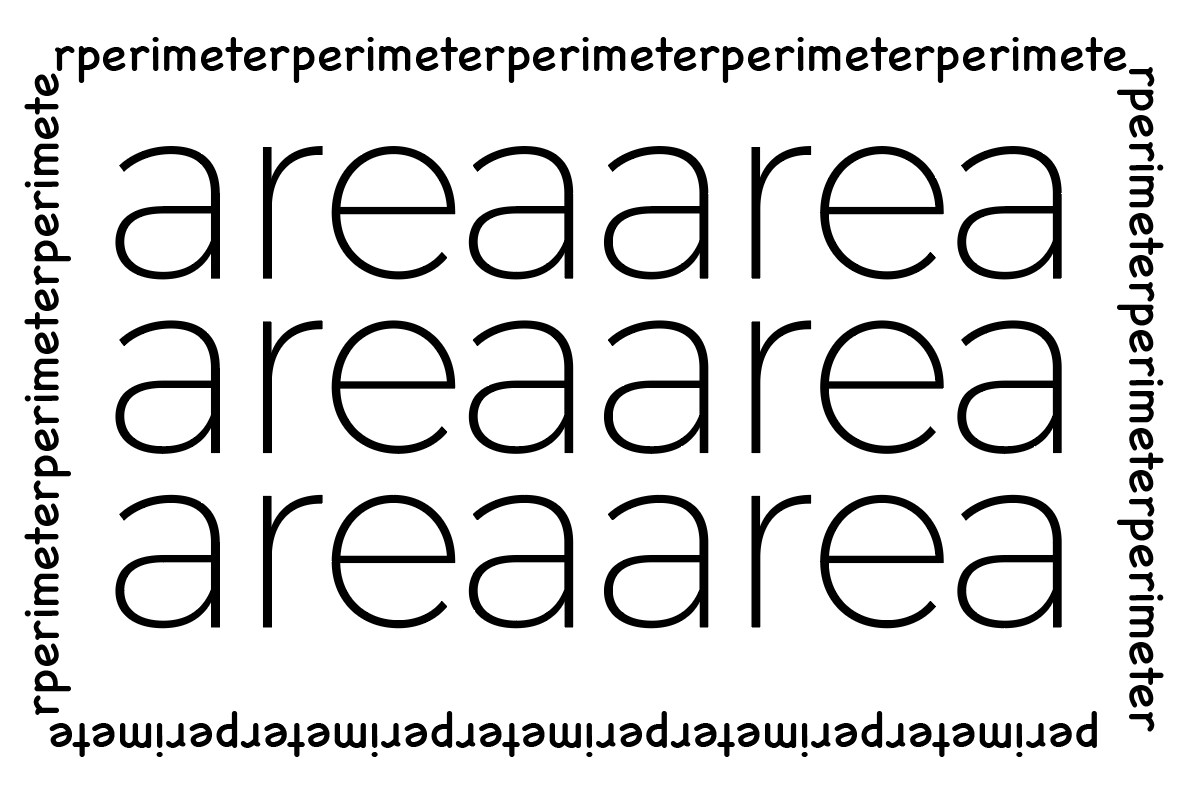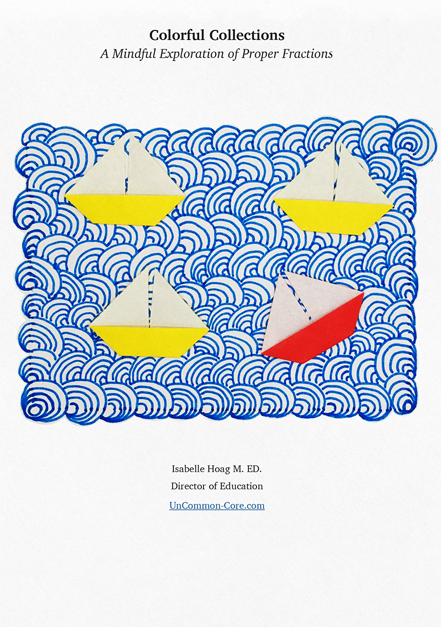
As usual, I like to start with studying vocabulary needed to talk about the topic. In this case, there are several words that we may use in everyday language that have specific meanings when used in math.
The task of teaching students to use math vocabulary successfully can be shared with specialist teachers, especially those who work with multilingual students and students who are receiving special support for reading. Create a list of words that you would like your students to use correctly. You might start with words such as: area, perimeter, 2-D shape, rectangle, square, quadrilateral, rhombus, parallelogram, trapezoid, height, width, grid, cell, row, and column.
When studying area and perimeter or any geometric topic, art teachers can be very helpful, too. Projects that include grids, tessellations, or tiling will benefit students at this stage. Art students might need to measure the perimeter of their work in order to mat or frame it. Older students might use grids to rescale their work. Younger students may enjoy weaving a placemat or creating designs by coloring in certain squares on some grid paper.
Check with the media specialist for books or videos that bring these ideas into a story. Stories with maps, quilts, chess boards, gardens, or things like that would help support concepts learned in math class. Children will enjoy spotting connections between literature and math.
When planning, look for stumbling blocks, common misconceptions, and concepts that might be challenging for your students. Many students find the idea of measuring area in square units difficult. Up until this point, they have measured lengths using units such as inches and centimeters. Now they have to adjust to measuring flat spaces and two dimensional shapes in square centimeters, square inches, and other square units. Plan to spend time directly challenging student misconceptions and explicitly teaching topics that might cause confusion in your students.
One way to avoid confusion is to offer students preparatory activities that will activate and organize the things they already know that have to do with area & perimeter. Activities in which students engage with various shapes, grids, vocabulary, and so on, will help them get ready to build upon their previous experiences. UnCommon-Core offers free printables to use in class that will help prepare your students. This kind of work brings to mind what students already know then reorganizes that knowledge into a strong foundation upon which to build new understanding.
Remember that your students will need time and practice in order to process new ideas and link them with previous understanding. Once you start talking about measuring in square units, grids will show up everywhere: floor tiles, calendars, multiplication tables, plaid fabrics, and all over. Encourage your students to collect a list of where they see grids in everyday life. Help them make use of these grids to measure out specific areas – how long is the hall in terms of floor tiles? How big is your classroom floor? Give students many opportunities to measure 2-D shapes, share and discuss their findings. This not only helps students expand their understanding of area & perimeter, but also gives them a chance to see how these mathematical concepts are used in daily life.
If you are lucky, the gym teacher might have a surveyor’s wheel or measuring wheel that you could borrow to do some large scale measuring outside with your class. How many square meters are needed to tile the playground? If you have a garden that covers 4 square meters of ground – what kinds of shapes could it fit into? Which of those shapes would use up the least amount of fencing?
Share This Story, Choose Your Platform!
Download Colorful Collections:
A Mindful Exploration of Proper Fractions
Help your students make sense of fractions.
I started teaching in 1987, which means I’ve collected many tips and tricks along the way. In this ebook, I share concepts, strategies, and classroom materials to help you make math sticky.
Along with this useful ebook, you will receive weekly emails from StickyMath@UnCommon-Core.com. I send information like: teacher tips, educational ideas, book reviews, curated lists, reviews of educational sites, and free first drafts of products that I’m creating for my TPT store. That way, you get helpful ideas and free stuff, while I get some feedback before I finalize products and put them up for sale.
I value your privacy. I will never sell your information. You may unsubscribe at any time.
All the best!
Isabelle
Isabelle Hoag M. Ed.

